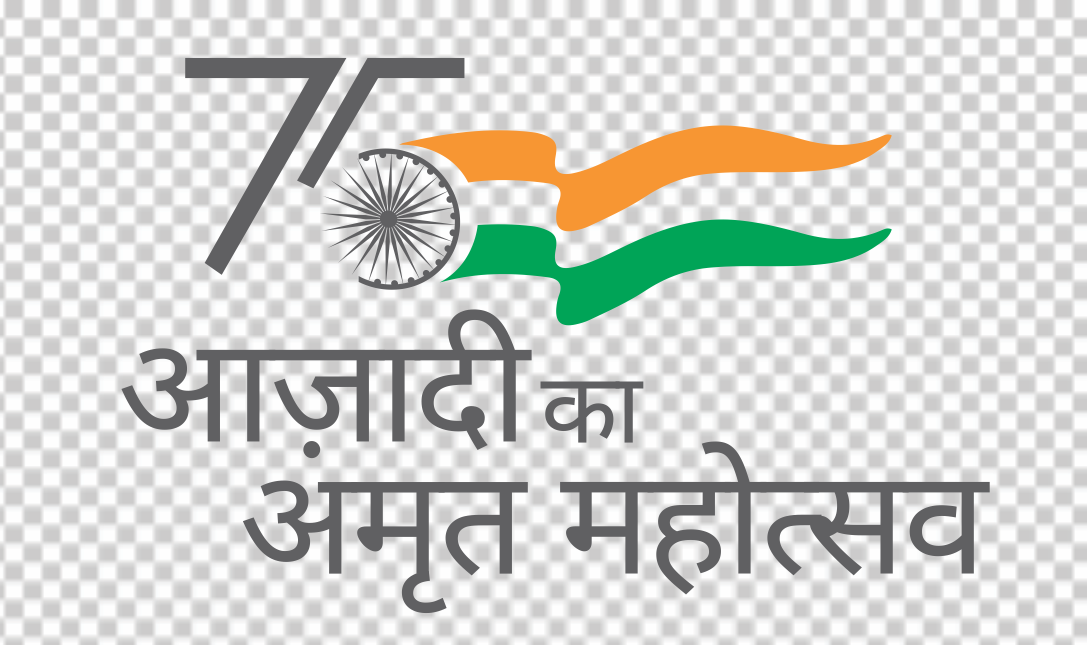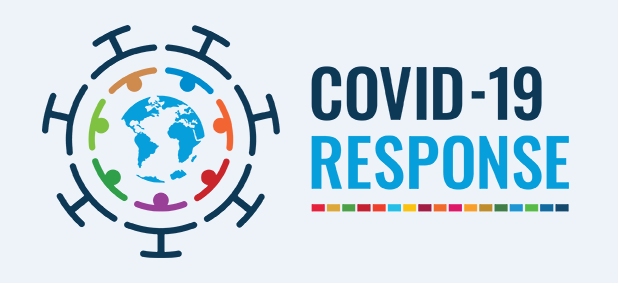For managing Energy Transition, India
can adopt a Portfolio Approach
For managing Energy Transition, India
can adopt a Portfolio Approach
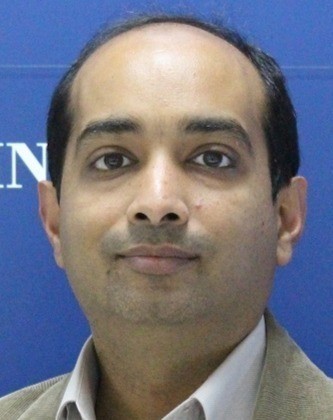
Rahul Tongia
Senior Fellow, CSEP, New Delhi
Centre for Social and Economic Progress
IISD's invited Distinguished Guest Blog
India is undergoing an energy transition, but it must not write off coal.
The most cost-effective way to balance the grid in 2030 will be to keep both thermal
power and renewables in the basket of options.
A lot of discussions nowadays seem to conclude that coal is dead or that Renewable Energy is cheaper than coal.
Using new analysis, we can safely conclude the truth is not black and white, and that both will have a role to
play in the visible future.
In a recent electricity grid analysis for India undertaken at the CSEP, we examine what is the most cost-effective way to balance the grid in
2030, under very high levels of uncertainty, factoring in half-hourly supply and demand. Our headline finding was that very high Renewable Energy is cost-optimal,
such as 450 GW planned for 2030 (a subset of the Prime Minister's announced 500 GW of non-fossil capacity).
But this doesn't tell the whole story. For starters, even if we meet these high Renewable Energy targets,
which are among the world's most ambitious, these will not
provide sufficient output to meet rising demand. We conservatively
used a 5.25% annual growth rate for demand as our baseline. It's not
just about producing enough energy - are we on track to produce enough
energy at the right time? (Because this was a national analysis,
we didn't get into issues of the "right place" - sufficient transmission can address this,
albeit at a cost). Even with high Renewable Energy, coal is still about half the energy mix in 2030.
If we have too much Renewable Energy at some time, such as during the monsoon when wind is
high and mid-day when solar is also high, then we end up curtailing
surplus Renewable Energy. The good news is that this is still cost-effective given how cheap Renewable Energy is
today and is further expected to decline in cost. The flip side of the grid balancing isn't just "too much Renewable Energy",
but rather the question of meeting demand, specifically, peak electricity demand. A useful measure of demand isn't total
system demand but "Net Demand", a term that measures leftover demand after using all the intermittent or variable Renewable Energy (VRE)
possible, which is use-it-or-lose-it. Net demand peaks in the evening, and this may grow disproportionally over time as
rising affluence increases household air-conditioner use.
To date, India enjoyed sufficient firm grid capacity,
thanks to enormous coal capacity addition in the last decade. This is one reason why we can add VRE easily in the short-run
without worrying about meeting the evening peak, nor need storage or grid overhauls. But in a few years, as demand rises,
we risk peak shortfalls unless we scale up our capacity for despatchable or firm power and ensure fuel availability.
The first option is to use existing assets to their full, but high fuel prices, especially natural gas; make this challenging.
This means we should be cautious of premature retirement of our fossil fuel capacity. The good news is the output of our
fossil fleet will come down as clean technologies displace it, thus reducing their emissions, but we cannot ignore their
capacity contribution.
Meeting the peak will always be expensive, because it is only for a few hours a day (one doesn't build a new coal plant to run just a few hours a day).
We find batteries cost effective for the peak, but not because these are cheaper than existing coal -
these are only cheaper than new coal, especially coal operating only a limited number of hours per year.
Contrary to some lay press, batteries are expensive, not just today but even in 2030.
Many Round-the-Clock (RTC) bids weren't based on storage, but oversizing to give a minimum guaranteed
availability. Part of the reason for high costs is simple techno-economics for grid-quality batteries
with an inverter; no one shouldn't be swayed by automotive batteries, but part of the reason is we don't
need a battery equally every day. Some days VRE suffices without a battery. The value of batteries in
such time periods is only the marginal cost of fuels displaced.
Our most important finding was
India must rethink planning and grid operations, covering issues of pricing, risk and incentives.
We need to signal for more than a simplified measure of "Cheapest Power". Not all power is the same,
and so average price comparisons such as levelised cost of energy (LCOE) are incomplete, more so as these
assume a normative capacity utilisation, which may not materialise. LCOE also misses system-level costs of supply options,
such as when mid-day solar forces coal plants to back down and operate at part load, which is less efficient and causes
higher wear and tear. The time of day pricing is just one partial solution. A smarter grid is another.
There's an old joke that data is like a toddler - squeeze it hard enough and it will say anything you want.
Modelling is no different. Even if the methodology is as good as possible, assumptions matter. For India, how much will
demand grow by 2030 ? What happens if demand rises faster than the relative slowdown of the last decade, say, due to Make in India? Of course,
the elephant in the room is the growth of Renewable Energy per ambitions. Does it grow equally from now till 2030, or grow more over time,
in a compound growth rate manner ? What will be the ratio of solar versus wind ? Targets indicate 2:1 solar:wind, but we have
much more growth of solar as of now. And weather patterns are yet another variable, made worse by climate change,
which impacts not just wind output, but even hydro output.
Now, the bottom line is, India will need a portfolio approach,
and we cannot put all our eggs in a single basket. No country exemplifies this better than China.
It has both the world's dirtiest and world's cleanest energy system. For India, this isn't about hedging
our bets or ambivalence, but having a smooth transition with a graceful phase down of coal.
___________________________
Rahul Tongia is a Senior Fellow, Centre for Social and Economic Progress (CSEP), New Delhi.
This is an IISD's invited Distinguished Guest Blog.
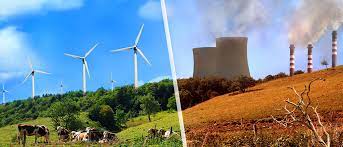
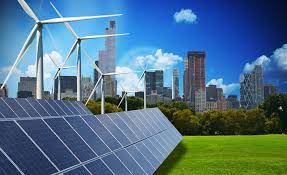
Renewable Energy
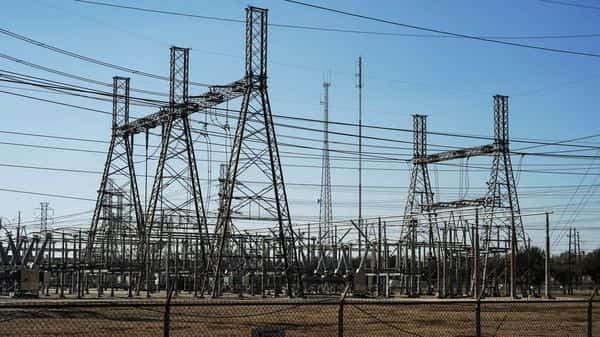
Electricity Grid Analysis
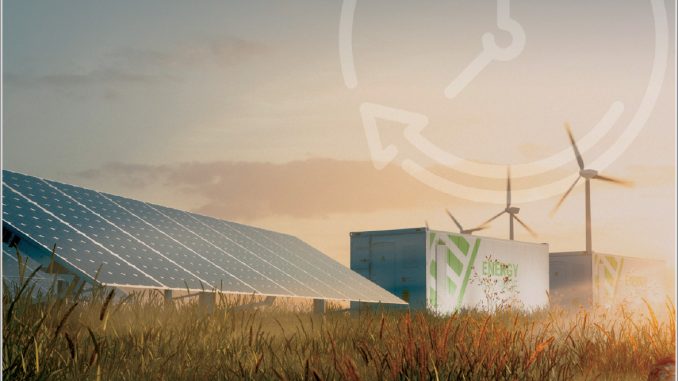
Round-the-Clock (RTC)

Levelised Cost of Energy (LCOE)
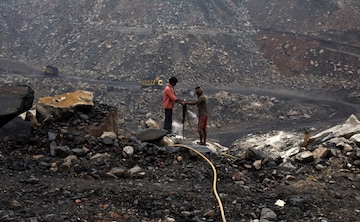
Phase down of Coal
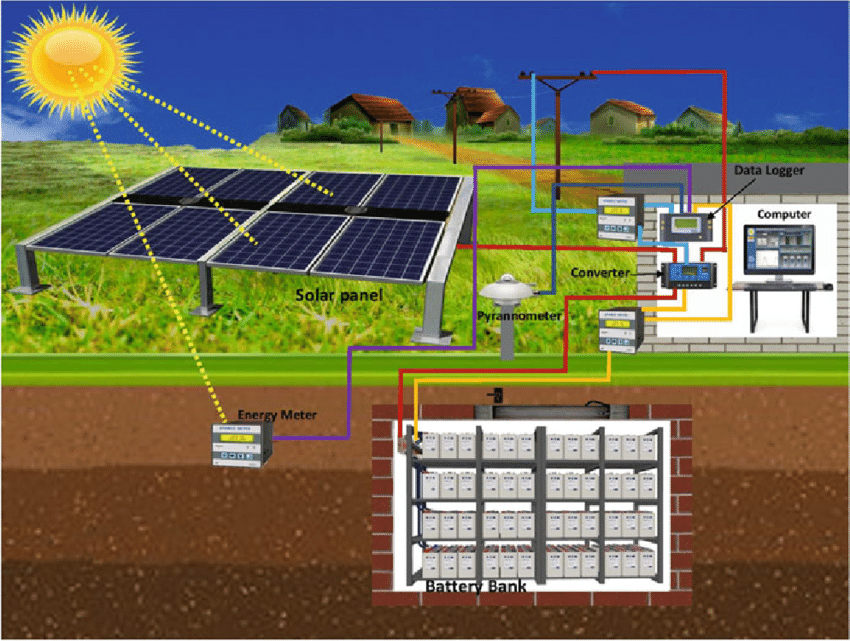
Solar Power Plant
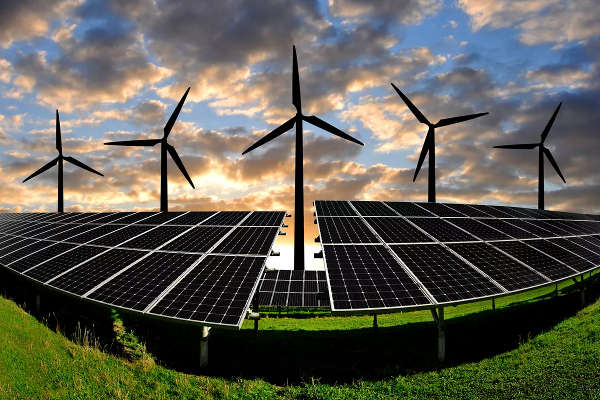
Variable Renewable Energy (VRE)
